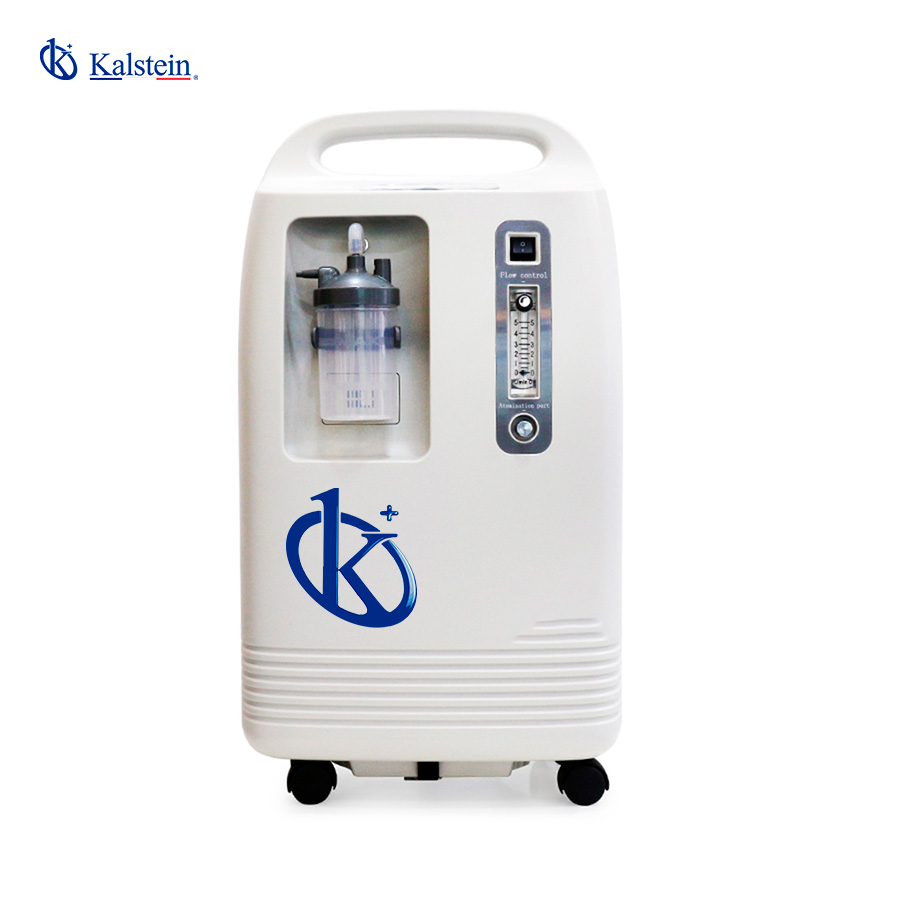In modern veterinary practice, technology plays a fundamental role in improving the quality of life for animals. Among these innovations, the Kalstein medical-veterinary oxygen concentrator represents a crucial advancement. This article will explore its advanced features, clinical benefits, and specific applications in the veterinary field.
Do you long for superior quality medical equipment ready to enhance your laboratory’s efficiency? Visit https://kalstein.eu/categorie-produit/veterinary-sector/veterinary-oxygen-concentrator/?lang=en to explore our high-end catalog, filled with the best finds at the most competitive prices. At KALSTEIN, excellence is our hallmark; we innovate and manufacture high-precision equipment that is both reliable and durable to meet your needs. Why wait? Make your purchase online quickly and securely at KALSTEIN, and take the leap towards the future of medical technology today. https://kalstein.eu/?lang=en
Technical Features of the Kalstein Oxygen Concentrator
The Kalstein medical-veterinary oxygen concentrator stands out for its compact and efficient design. Equipped with an advanced filtration system, this device ensures continuous and pure production of high-concentration oxygen, useful in various clinical situations. Its ability to supply oxygen at adjustable rates makes it a versatile tool suitable for a wide range of patients, from small rodents to large animals.
Moreover, this equipment incorporates an intuitive digital display to facilitate its operation, allowing precise and quick adjustments according to the individual needs of each patient. Durability and low maintenance requirements are other distinctive features, ensuring prolonged and reliable operation in demanding veterinary environments.
Importance of Oxygen in Veterinary Treatment
In veterinary medicine, supplemental oxygen is vital for treating a variety of medical conditions, from acute respiratory failure to chronic diseases such as asthma. Oxygen supply can be crucial during and after surgical procedures to stabilize patients and improve their recovery.
The Kalstein oxygen concentrator helps prevent complications associated with hypoxia, a state of oxygen deficiency in the body, which can result in potentially severe damage to organs and tissues. By ensuring a constant supply of high-quality oxygen, this device allows veterinarians to offer more comprehensive and effective care.
Clinical Benefits of Using the Oxygen Concentrator
Using the Kalstein oxygen concentrator in veterinary clinics provides multiple clinical benefits. One of the main benefits is the significant improvement in tissue oxygenation, which is essential for wound healing, postoperative recovery, and the management of chronic respiratory diseases.
Additionally, this concentrator is a safe and effective option for patients requiring prolonged oxygen therapy, minimizing the risk of infections and other problems associated with traditional oxygen tanks. Proper usage can reduce hospital stays and improve the long-term quality of life for treated animals.
Economic Impact and Efficiency in Veterinary Clinics
From an economic perspective, the Kalstein oxygen concentrator provides a cost-effective long-term solution for veterinary clinics. Unlike oxygen cylinders, which require frequent refilling and specialized handling, this device offers a continuous and reliable source of oxygen, reducing operating costs.
The efficiency of the Kalstein concentrator, with its low energy consumption and minimal maintenance needs, contributes to greater profitability and sustainability in veterinary practices. This efficiency not only improves clinic resource management but also allows veterinarians to focus on providing superior care to their patients.
Technological Advances and the Future of Oxygen Treatment in Veterinary Medicine
The development of technologies such as the Kalstein oxygen concentrator marks the beginning of a new era in veterinary treatment. With ongoing innovations and improvements in the precision and functionality of these devices, the use of supplemental oxygen is expected to become even more integral in veterinary medicine.
The future promises more compact, efficient, and accessible oxygen concentrators, facilitating their use in various situations and continually improving the quality of veterinary care. These technological advances not only benefit animal health and well-being but also promote more effective, safe, and humane practices in veterinary care.
In conclusion, the Kalstein medical-veterinary oxygen concentrator represents an essential tool in modern veterinary practice. Its advanced features, clinical benefits, and diverse applications make it an invaluable resource for improving animal health and well-being, reflecting the ongoing commitment to excellence and innovation in the field of veterinary medicine.

